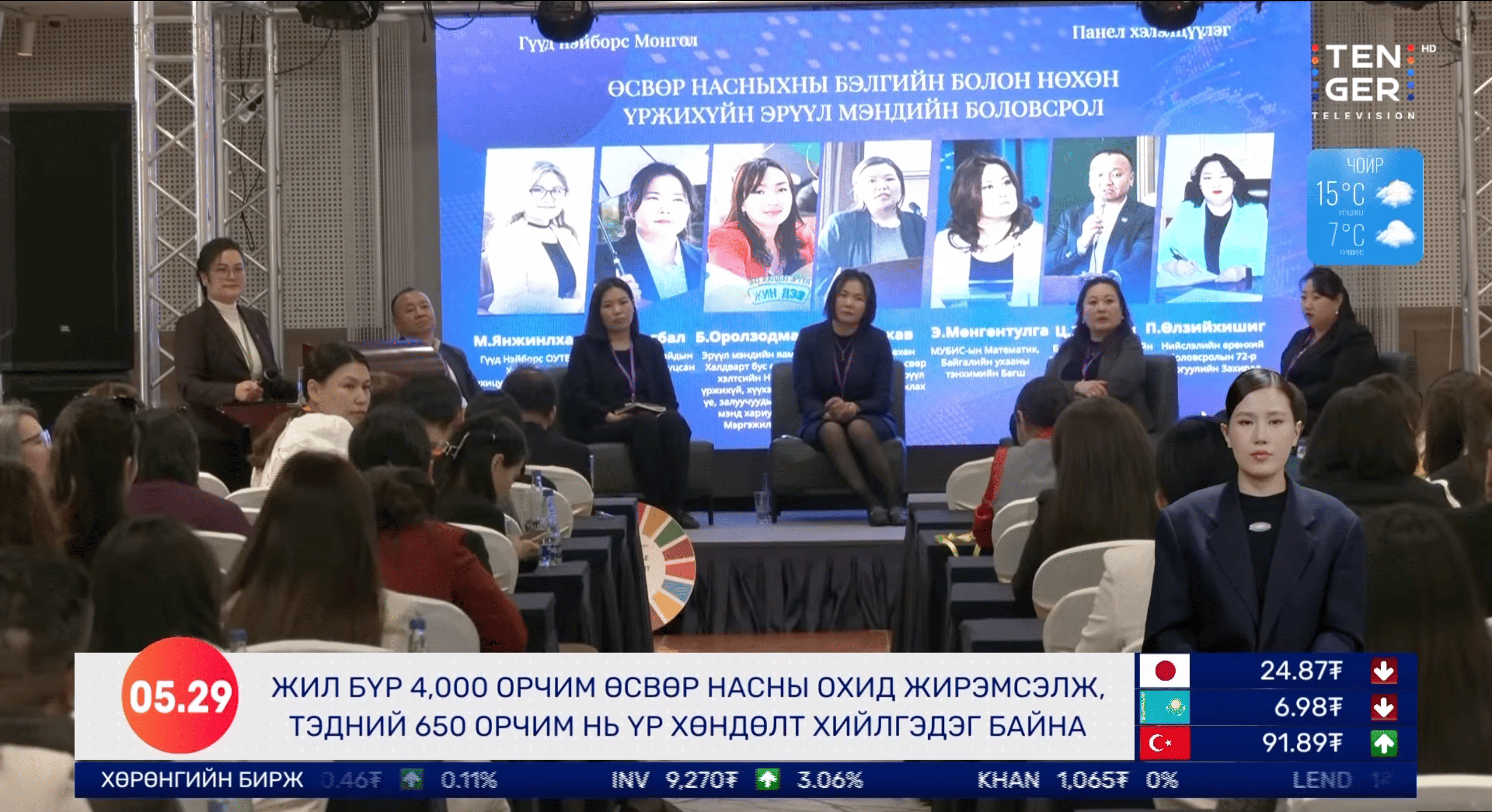Adolescent pregnancy and abortion rates remain high in Mongolia, with recent data showing no signs of decline—and in some cases, an upward trend. In response, health and education experts convened to discuss the quality, accessibility, and policy environment of reproductive health education for adolescents, reaching shared insights grounded in the realities of the current system.

🧐 Ms. Tuulsaikhan M., Principal of General Education School No. 12:
“There is an urgent need to improve the quality and impact of health education. We must integrate health-related subjects into other areas of learning, make lessons more interactive, and enhance the skills of our health teachers.”
🤓 Ms. Tsetsegbal O., Health Advisor to the Minister of Education:
“Between 2013 and 2018, health education was entirely dropped from the curriculum. During that period, many trained health educators shifted to other sectors, leaving us with a shortage of qualified instructors and outdated, ineffective curricula.”
🫰Key issues discussed during the stakeholder session included:
Statistical indicators of adolescent reproductive health
Quality and accessibility of health education in schools
Capacity building for educators and health professionals
Challenges in policy implementation and coordination
The discussion led to constructive dialogue and mutual understanding among stakeholders, laying groundwork for future improvements.